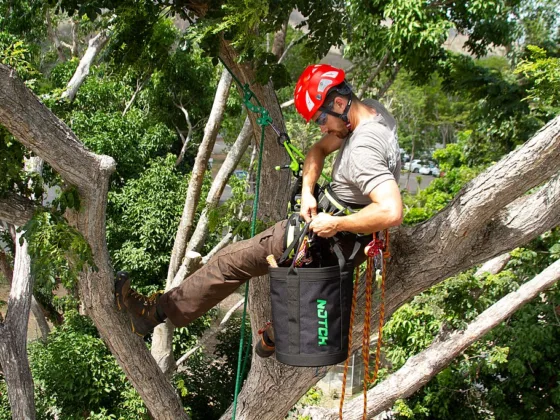Table of Contents Show
At a time where it has become difficult to provide relaxation to your eyes with some greenery, you can produce your green world.
While gardening might not be everyone’s cup of tea, we are there to help you create your little garden.
In this content, we will get introduced to basic gardening techniques and skills that you can try even in the most minimal spaces.
The following are the basic hacks that will help you to learn gardening:

1. Select Basic Gardening Tools
You may have got an idea of where you want your personalized garden and the type of plants you want to include in it.
After this comes the task of picking up the correct tools. For beginners, it might be confusing to select the right gardening tools, but try to keep it basic.
You can begin with selecting pruning scissors and tools for digging like a trowel, a spade, and a garden fork. Then comes the tools for watering, which can pipe or a watering can.
Finally, tools for taking the weed problem, for which you use a gardening knife and a forked towel.
You can see the list to get some more ideas on weeding and the selection of ideal tools.
2. Plan it Out
Before jumping straight to work, make sure you have proper planning for the gardening spot and the type of plants selected.
Remember, not every plant reacts similarly to a particular spot. Thus, study plants carefully and about their nature.
Apart from this, plan on spacing so that each plant can get its own space to protect them from diseases or to die.
Decide on the size and type of the garden beds. You can garden your plants in a row or beds or blocks. Invest a lot of thought into which will be the best for you and your plants.
Read Also:
- Plant Care: Natural Vegetable Gardening Guides, Companion Planting & Pest Control
- Container Gardening for the Fall Season: Potted Plants Fall Garden Ideas
- Kid-Friendly Gardening Ideas, Make Your Kid Fall in Love With Gardening
- What is an Organic Garden — The Principles of Organic Gardening
- 9 Reasons You Should Start Gardening
3. Plant with Utmost Care
Once you get done with the groundwork, then comes the actual job that is planting.
Generally, the seed packets have planting instructions printed on them that can make your work a bit easy. However, there are some basic rules of planting.
To begin with, plant the seeds about 3 to 4 times deep down the diameter of the seed.
Make sure to check if there is any other procedure suggested on the packet. After that, cover the seeds entirely with soil and pour water on them thoroughly.
4. Use Fertilizers for Better Nurturing
If you are up to transplanting your young green buddies in containers or the pot, you need to follow a step.
You must dig up a hole twice the size of the root ball. After that, fluff up the soil, then add some organic fertilizer into it.
This procedure helps to boost the growth of your plants without causing any harm.
You can even prepare your fertilizer with compost-organic material like crushed fruit peels, tea bags, etc.
5. Pruning the Plants
As a beginner, you might find that the trimming procedure can be difficult. Pruning on a regular basis can help plants grow healthier and even encourage new growth.
But you need to think carefully as to what and when to prune depends on the climate you stay in and the type of plant.
For example, fruiting and flowering plants suggested cutting back in early spring or late winter. Shrubs and trees bloom during the spring start.
Hence, it is necessary to prune before the new buds arrive. On the other hand, several plants need regular trimming to stay healthy.
Conclusion
Though, putting in efforts and planning everything might seem to be time-taking and full of hassle. But once you go through this stage, a beautiful garden is ready to amuse you.









